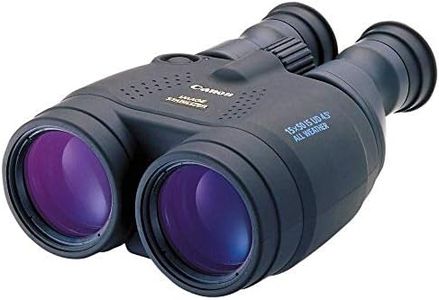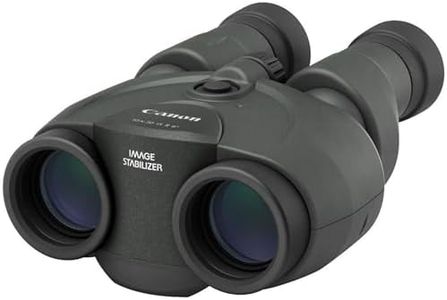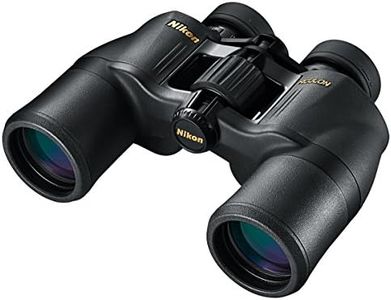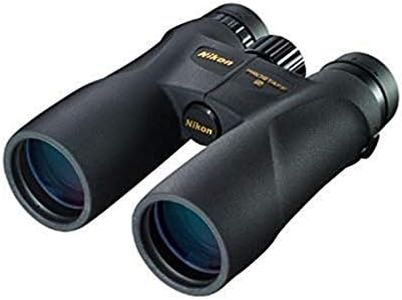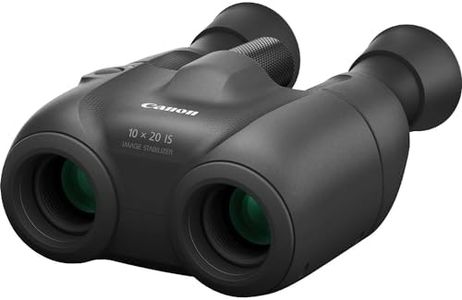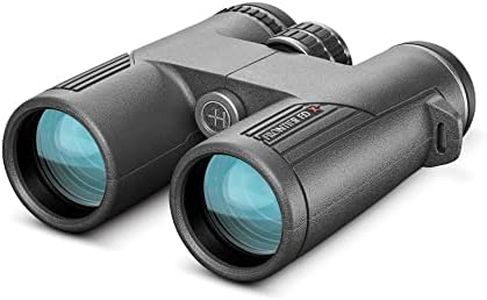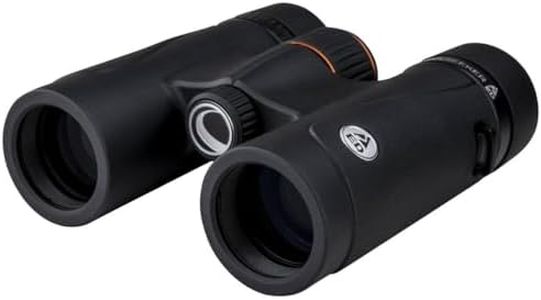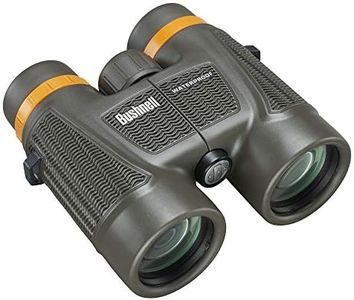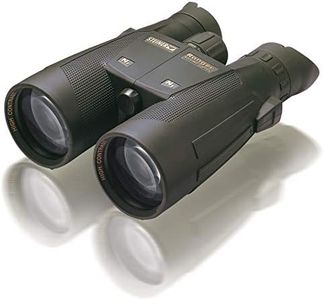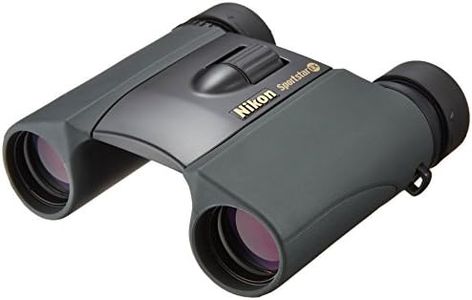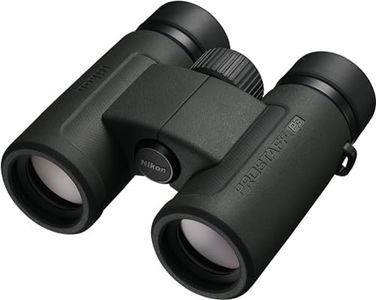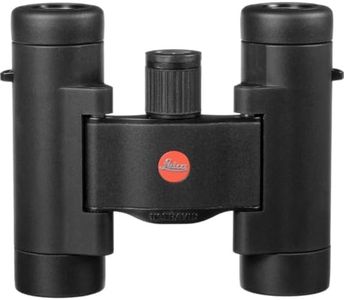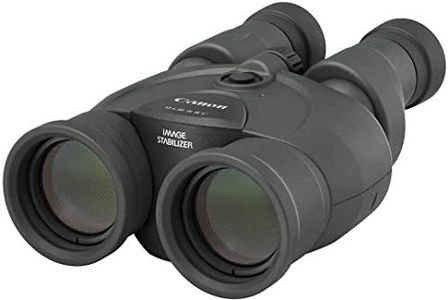We Use CookiesWe use cookies to enhance the security, performance,
functionality and for analytical and promotional activities. By continuing to browse this site you
are agreeing to our privacy policy
10 Best Compact Binoculars For Safari
From leading brands and best sellers available on the web.Buying Guide for the Best Compact Binoculars For Safari
Choosing compact binoculars for a safari is all about balancing portability, clarity, and ease of use. On a safari, you'll want binoculars that are lightweight enough to carry around your neck all day without fatigue, but also powerful enough to deliver clear, crisp views of distant animals. It’s important to consider how they fit in your hand, how easily they focus, and how well you can use them during quick wildlife sightings. Consider where and when you'll use them—open savannas, dense forests, bright sunlight, or early morning drives can all influence the best features for you.MagnificationMagnification is how many times closer the subject appears compared to the naked eye. A common range for compact safari binoculars is 8x to 10x. Higher magnification lets you see animals farther away, but it can make the image shakier and narrow the field of view. For most safari-goers, 8x strikes the best balance between magnification and steadiness, especially when you’re not using a tripod. Choose higher magnification only if you know you'll be viewing animals at very large distances, and you are comfortable with a steadier hand.
Objective Lens DiameterThis is the width of the front lenses, usually measured in millimeters (such as 25mm or 32mm). Larger diameters allow more light to enter, which means brighter images—especially helpful at dawn or dusk. However, bigger lenses mean bigger and heavier binoculars. For compact safari binoculars, an objective lens around 25mm is very portable and will suit most daytime use, while 30-32mm provides slightly brighter images if you expect to be out during lower-light conditions.
Field of ViewField of view describes how wide an area you can see through the binoculars at a given distance, usually noted in feet at 1000 yards or in degrees. A wider field makes it easier to spot and track moving animals, particularly in open spaces like savannas. Compact binoculars tend to have a narrower field of view due to their smaller size, but try to choose one with a field of view above 300 feet at 1000 yards (or about 6 degrees) for the best safari experience.
Weight and SizeSince you’ll be carrying them through the day, having compact, lightweight binoculars is a major benefit. Lighter models are less tiring to hold or hang around your neck, but don't go so small that you lose comfort or optical quality. Test how easily the binoculars fit in your hands, and consider if they will fit in your daypack or a pocket. If you wear glasses, check if the size and shape provide comfortable viewing.
Water and Fog ResistanceThese features are essential for outdoor use, especially on safari where you might encounter humidity, dust, or the occasional rain shower. Water-resistant or waterproof binoculars are sealed to prevent moisture entry, and fog-resistant (often called 'nitrogen-purged') models minimize lens fogging from temperature swings. For safari, always choose binoculars labeled as water and fog resistant so you don't miss a key wildlife moment due to poor visibility.
Ease of FocusA smooth, easy-to-turn focus wheel lets you quickly bring wildlife into sharp view as they appear or move. Some compact binoculars have stiffer or smaller focusing controls, which may be difficult to operate quickly. Check that the focus wheel is comfortable for your fingers and not too small, and that you can change focus from nearby to far-off objects without excessive turning.
Eye ReliefEye relief is the distance you can hold binoculars from your eyes and still see the whole field of view—especially important if you wear glasses. Look for binoculars with at least 15mm of eye relief if you plan to use them while wearing glasses, so that you won’t have to remove your eyewear every time you use them.
